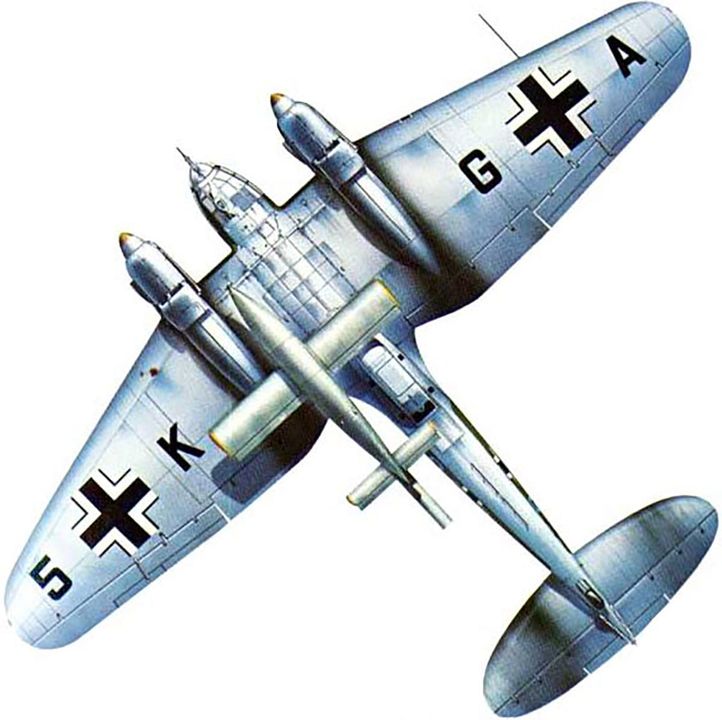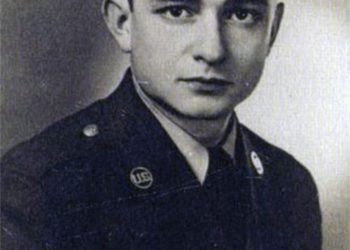Air Launched Cruise Missile

The US designed a purpose ALCM in 1974. It was called the AGM-86. It was the Germans, however, that pioneered the concept during WWII!
German Pioneering Efforts in WWII
The Germans developed the ground-launched Fi-103 V1 missile in 1939, but it wasn’t until 1944 that they started lobbing V1s at England. They did so from launch pads (ramps) situated in the Pas de Calais region in France and in The Netherlands.
However, the Luftwaffe started experimenting with V1 air launches as early as 1943, with a single missile beneath the starboard engine of a He-111 bomber.
The allied landing in Normandy in June 1944 and the loss of their Pas de Calais missile ramps in September of the same year prompted the Germans to initiate V1 air-launches operationally.
Operational Air Launches and Impacts

Throughout the winter of 44-45, a handful of German bombers flew night missions over the North Sea, regularly launching V1s toward London.
Meanwhile, on the Eastern Front, Stalin started salivating at the idea of getting his hands on this particular bit of German technology! He had heard of V1 missile strikes on London in 1943 and had been walking with a semi ever since. His dreams came true in 1944 when Soviet soldiers recovered parts of V1 missiles in a factory in Poland. The design was quickly reverse-engineered and the 10Kh was born!
Soviet Adaptations and Innovations
The Soviets lost no time in serial producing the V1/10Kh and test firing it under all conditions. Soviet engineers brought in their own modifications, creating new variants. By 1948, they had successfully launched 10Khs from Pe-8 and Tu-2 bombers. By the 1950s, the German V1 had spawned a whole family of Soviet variants, including air-launched and ship-launched cruise missiles as well as glide bombs.

-RBM.









